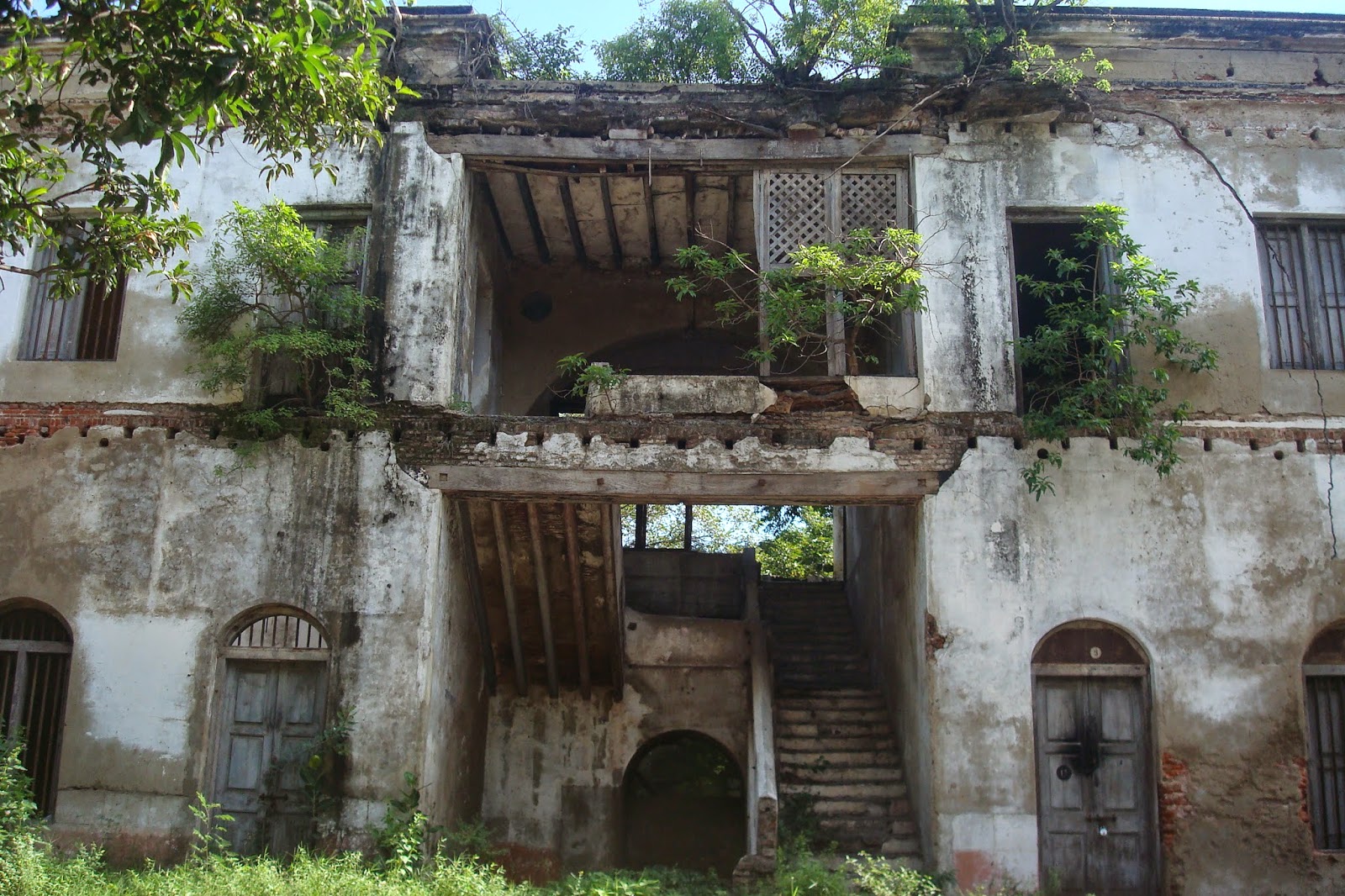Going merely by this picture, there is not much to guard around here, but for the flotsam deposited on the banks of the Cooum by the high tide. This building is however the Regional Headquarters (East) of the Indian Coast Guard, a force that is the fourth arm of the country's defence. Tasked with protecting the seas between 5 and 30 nautical miles from the coastline, the Coast Guard does it through their 1,200 officers and over 5,000 personnel, based at 42 stations around the coast.
The RHQ at Chennai is not the largest; its jurisdiction starts from just a little bit on the west coast - the village of Poovar in Kerala to Ichchapuram in Andhra Pradesh. It is handled by two District Headquarters and six Stations, with air support being provided by the base at Chennai and an Air Enclave at Visakhapatnam.
In spite of all that, one wishes the Coast Guard would do something about the junk that is piled up. Not just because of the calls for Swachh Bharat, but also because one of the stated responsibilities of the force is "To preserve & protect the marine environment and control marine pollution"!





























